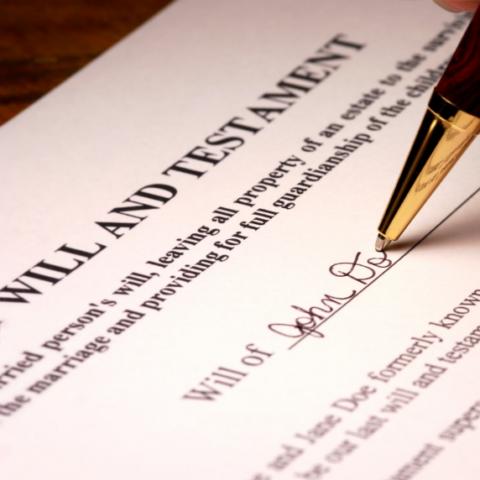Put together a WILL
 1. Identify yourself by name and current address.
1. Identify yourself by name and current address.2. State clearly that you are of sound mental health and of contractual capacity.
3. Make an explicit statement that you are revoking all other wills and codicils you may have executed before.
4. Appoint an Executor (known in some states as a Personal Representative). The Executor is the person who carries out your instructions and administers your Estate after your death.
5. Empower the Executor to pay all of your just debts, funeral expenses, taxes and estate administration expenses.
6. Authorize your Executor to sell any real estate in which you may own an interest at the time of your death and to pledge it, lease it, mortgage it or otherwise deal with your real estate as you yourself could do.
7. State that the assets will be divided in the following percentages to the following people. List the people and the percentages and make sure the percentages add up to 100
8. Write in a residuary clause. If there are any other assets remaining in my estate including but not limited to real property, personal property, causes of action or any other assets, of whatsoever nature and wheresoever situate, I give, bequeath and devise such residue to …
9. Be clear over whether your Executor must post bond. Some courts will require your Executor to post bond unless you explicitly state that that the Executor shall serve without bond.
10. Name an alternative Executor to take over if your first choice dies, becomes incapacitated or is otherwise unable or unwilling to serve.
11.Make sure you sign correctly. Your signature must come at the end of the will, preferably right after the last line of text. You should also initial each page.
12.Store the will safely. Your will does not get filed with the courts until after your death. Tell only your nominated Executor where you keep it. You may also wish to give the Executor a copy or second original.
Source: wikihow.com